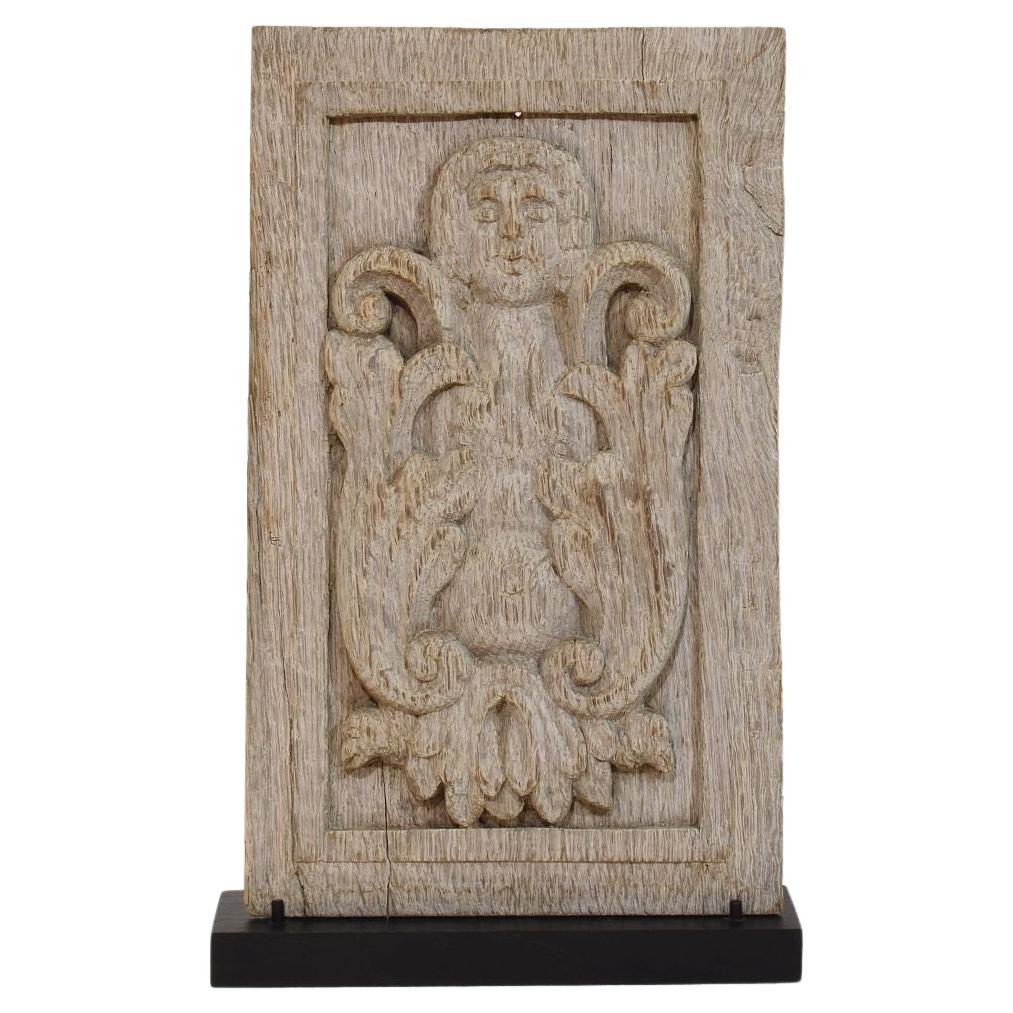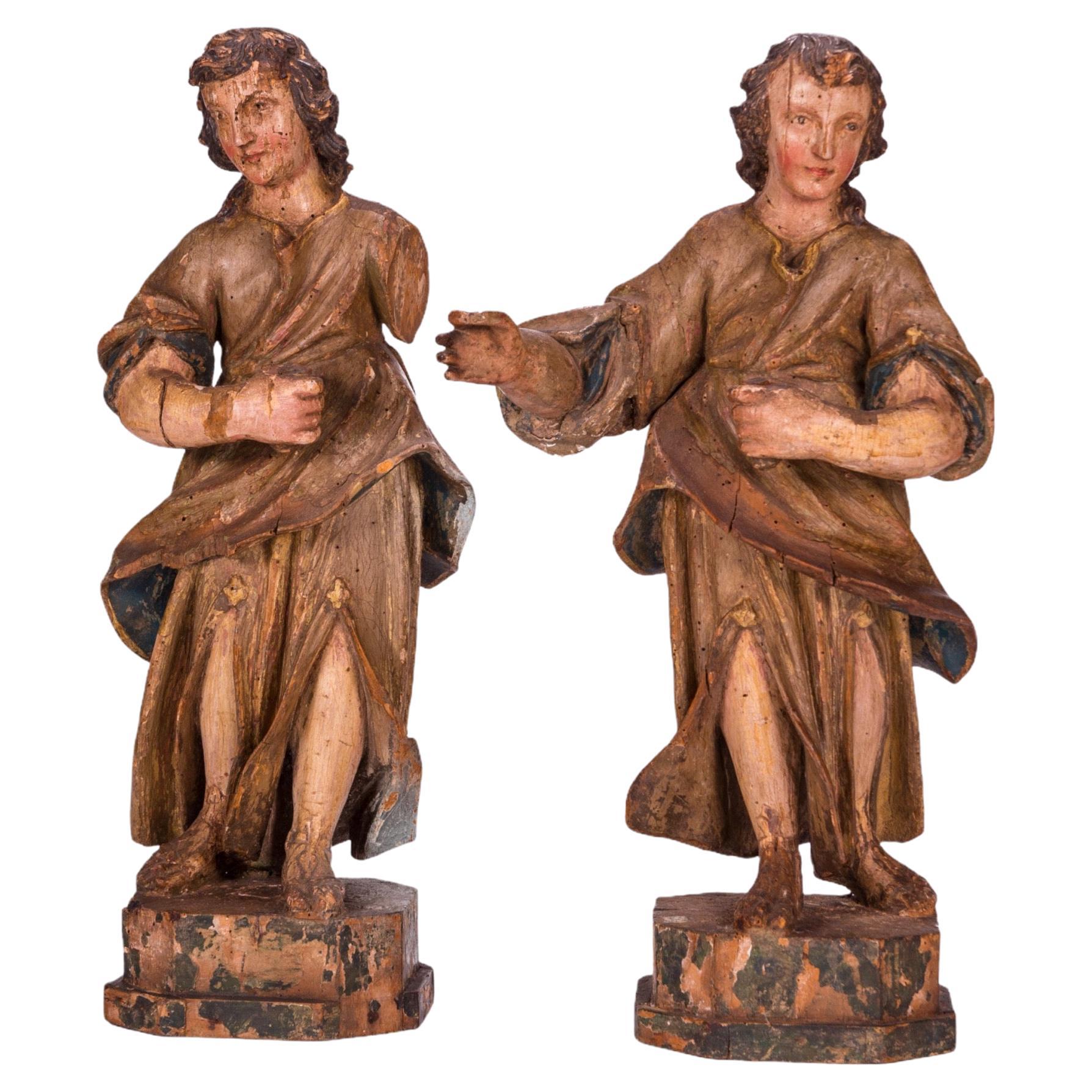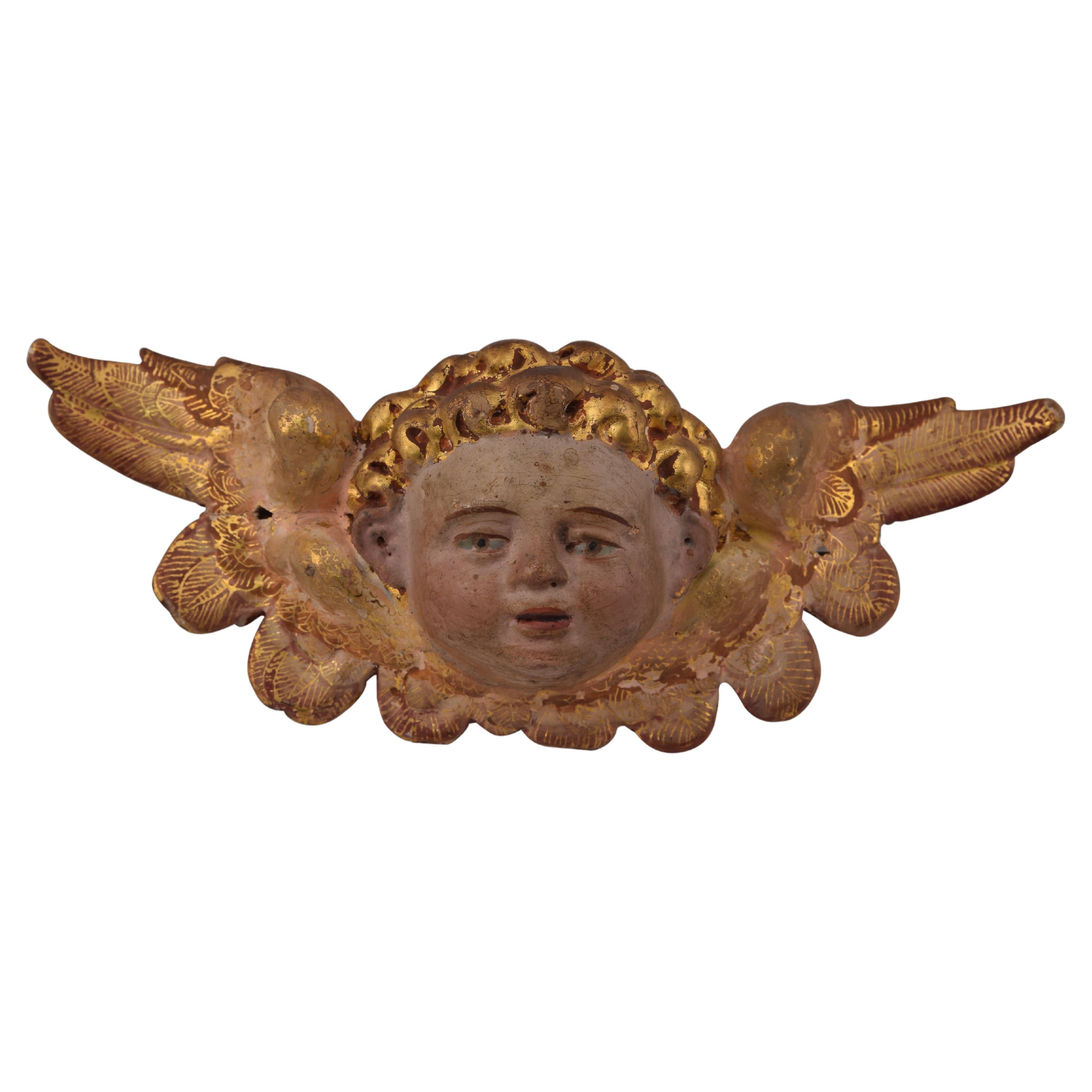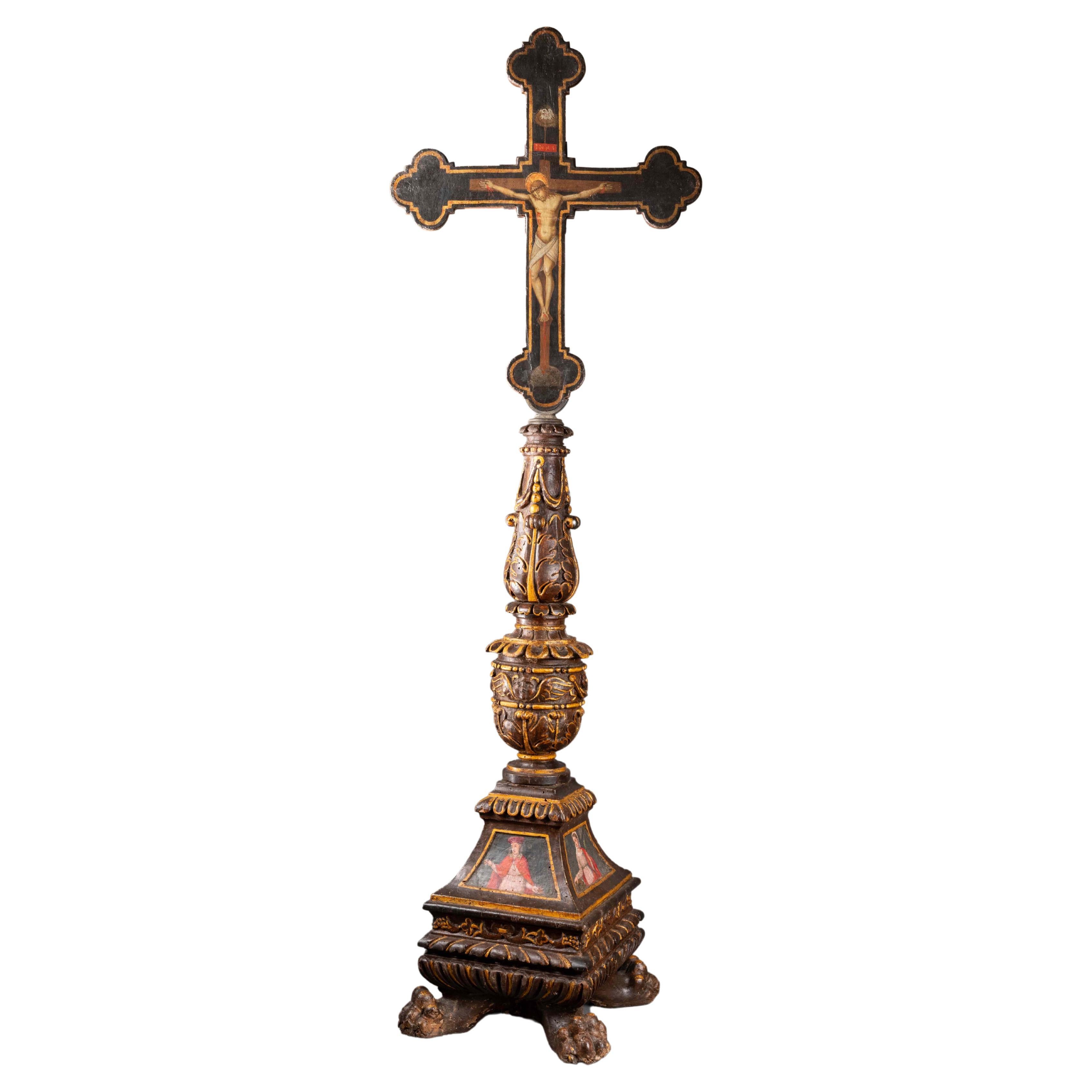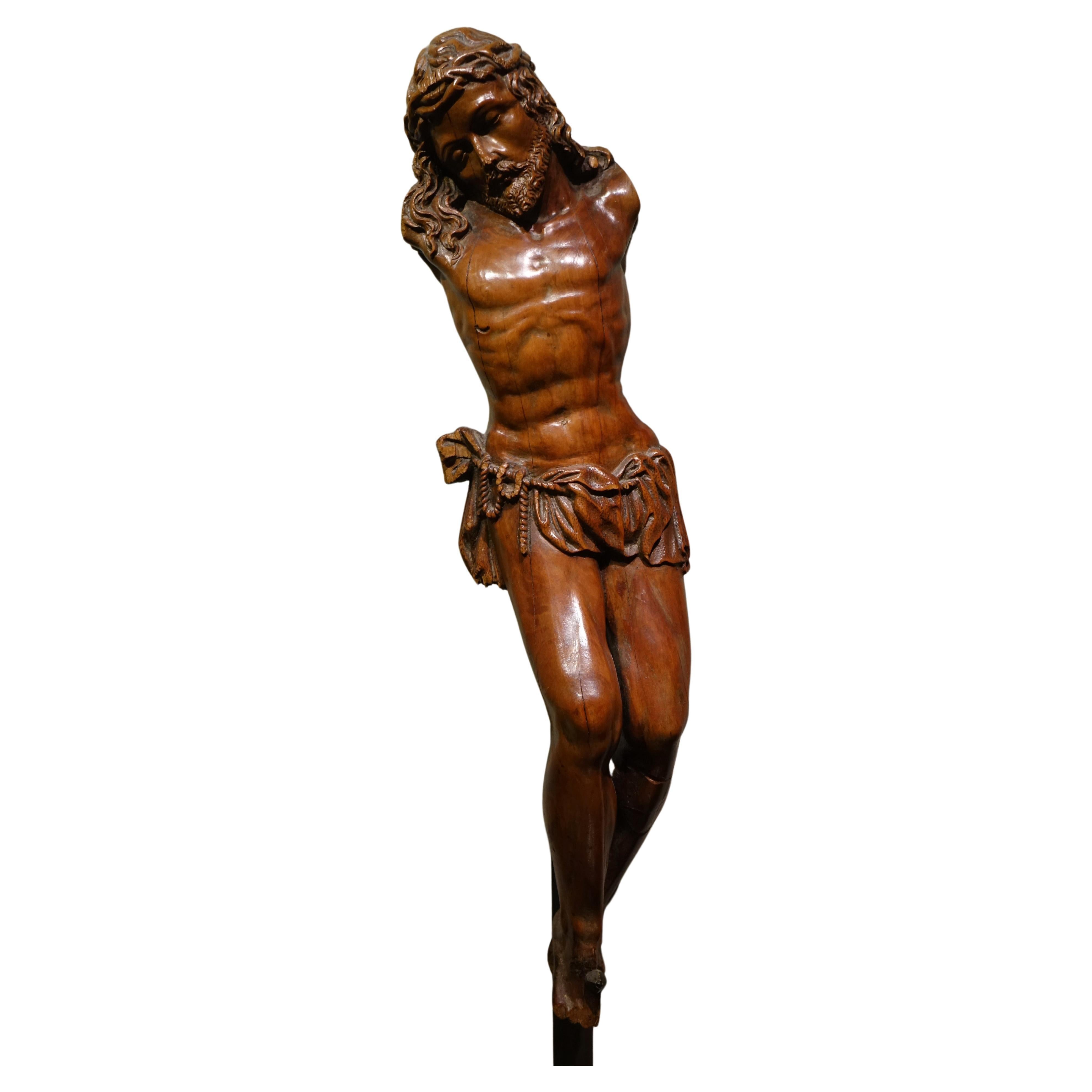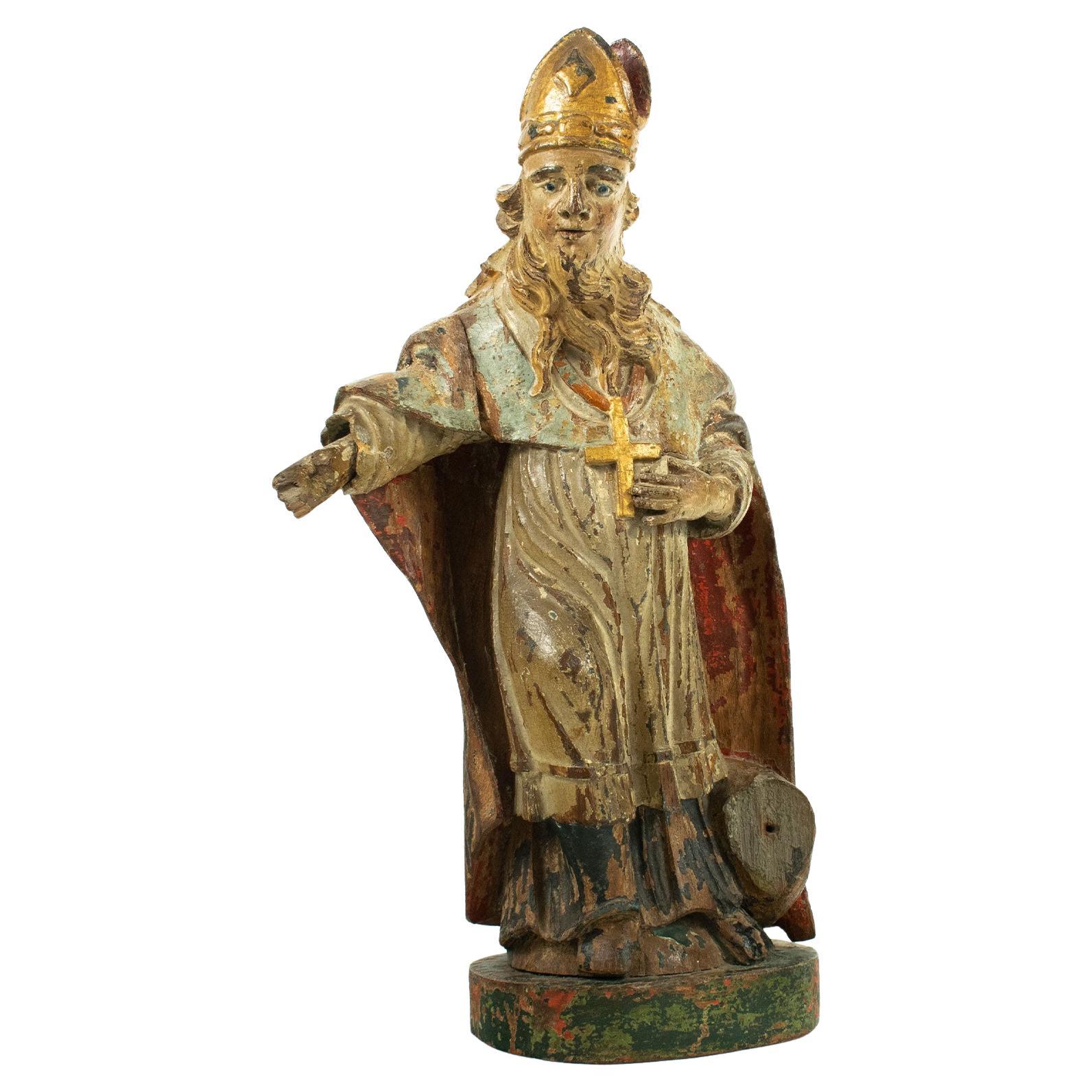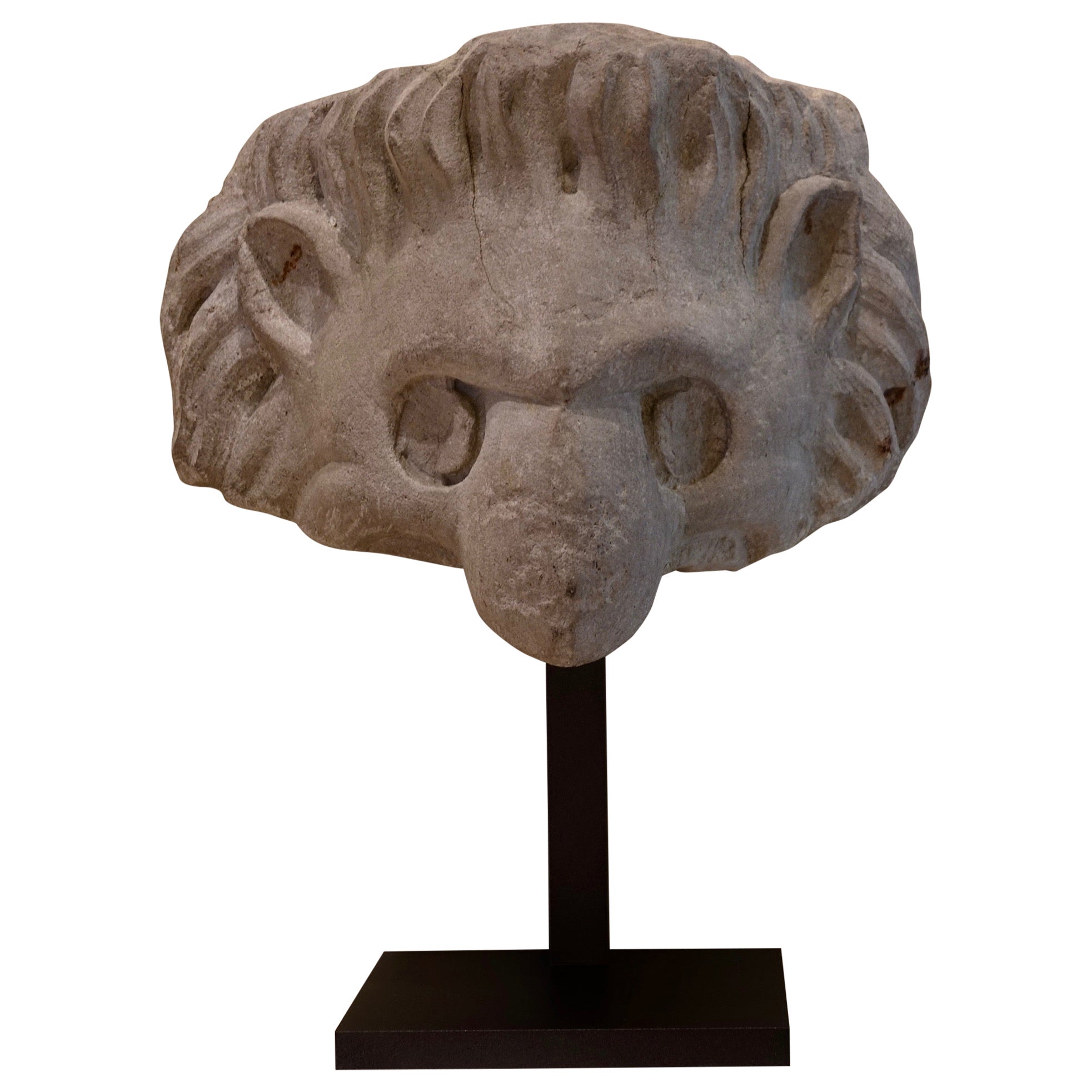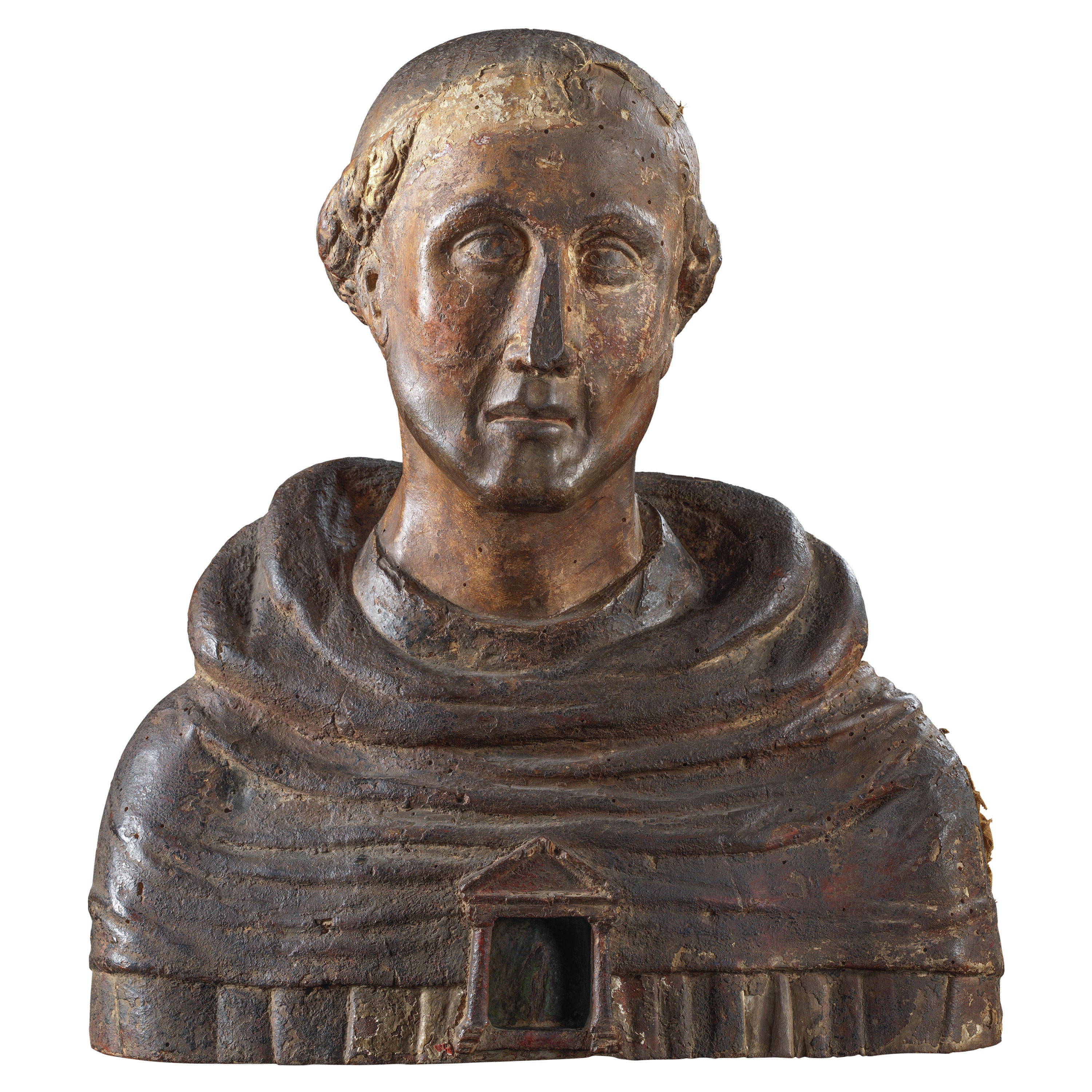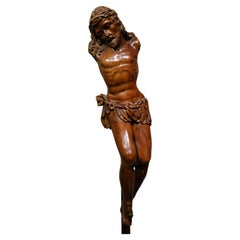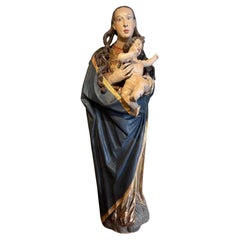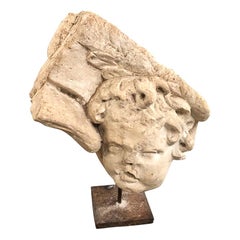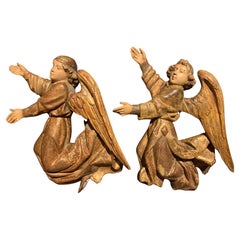
Two Sculpted Wooden Angels , Flanders, Early 16th century.
View Similar Items
Want more images or videos?
Request additional images or videos from the seller
1 of 10
Two Sculpted Wooden Angels , Flanders, Early 16th century.
About the Item
- Dimensions:Height: 13.7 in (34.8 cm)Width: 11.81 in (30 cm)Depth: 2.2 in (5.59 cm)
- Sold As:Set of 2
- Style:Renaissance (Of the Period)
- Materials and Techniques:
- Place of Origin:
- Period:
- Date of Manufacture:1530
- Condition:Wear consistent with age and use. Minor losses.
- Seller Location:PARIS, FR
- Reference Number:1stDibs: LU8645238544802
About the Seller
No Reviews Yet
Vetted Seller
These experienced sellers undergo a comprehensive evaluation by our team of in-house experts.
Established in 1986
1stDibs seller since 2023
More From This SellerView All
- Christ in Boxwood, France, late 16th-early 17th century".Located in PARIS, FRChrist in Boxwood, France, late 16th-early 17th century Beautiful corpse of Christ with missing arms. He must have been on the Cross, arms in a horizontal position. Great expressiv...Category
Antique Early 17th Century French Renaissance Figurative Sculptures
MaterialsBoxwood
- Pair of cereriferous angels, Flanders, 17th c.Located in PARIS, FRBeautiful pair of ceraferous angels sculpted in the round in a very lively position (the movement in the hair is remarkable), almost Baroque. Very fine execution of the plastron armo...Category
Antique 17th Century Dutch Baroque Figurative Sculptures
MaterialsOak
- Large Virgin and Child, Tyrol, 16th centuryLocated in PARIS, FRLarge wooden Madonna and Child, painted and carved in hollow at the back. The theme of the Virgin and Child is the most represented in all Christian art, whereas the infancy of Jesus...Category
Antique 16th Century German Renaissance Figurative Sculptures
MaterialsWood, Pine
- Large Virgin and Child in polychrome wood, Spain, 16th CenturyLocated in PARIS, FRLarge painted and carved wooden Virgin and Child in the round, representing the Virgin and Child carrying the globe. The theme of the Virgin and Child is the most represented in all ...Category
Antique 1630s Spanish Renaissance Figurative Sculptures
MaterialsWood
- Giltwood and polychrome half-relief representation of Saint Rococo. Spain, 16thLocated in PARIS, FRImportant bas-relief in carved wood with traces of gilt, in an architectural frame with two angels in the corners, representing Saint Rocco. Considered, among other things, the Patro...Category
Antique 16th Century Spanish Renaissance Figurative Sculptures
MaterialsWood
- Saint George slaying the dragon, Flanders, 17th centuryLocated in PARIS, FRCarved alabaster group, with base, representing Saint George slaying the dragon. Flanders, 17th c. Missing horse's tail, chips on the base and gluing (with original parts). Traces of polychromy and gold repairs. Beautiful, very expressive ensemble. In a legend, Saint George—a soldier venerated in Christianity—defeats a dragon. The story goes that the dragon originally extorted tribute from villagers. When they ran out of livestock and trinkets for the dragon, they started giving up a human tribute once a year. This was acceptable to the villagers until a princess was chosen as the next offering. The saint thereupon rescues the princess and kills the dragon. The narrative was first set in Cappadocia in the earliest sources of the 11th and 12th centuries, but transferred to Libya in the 13th-century Golden Legend.Category
Antique 17th Century Dutch Louis XIII Figurative Sculptures
MaterialsAlabaster
You May Also Like
- Angelic Carved Wood Sculptures, 16th CenturyLocated in North Miami, FLPair of 16th Century Italian carved polychromed angelic sculptures.Category
Antique 16th Century Italian Renaissance Figurative Sculptures
MaterialsGold Leaf
$9,375 Sale Price / set25% Off - Angel, Carved and Polychrome Wood, 16th CenturyLocated in Madrid, ESAngel. Carved and polychrome wood. Century XVI. Polychrome wood carving showing an angel, with the face facing the viewer and the body in pr...Category
Antique 16th Century Spanish Renaissance Figurative Sculptures
MaterialsWood
- French 16th Century Angel Stone FragmentLocated in Atlanta, GAA wonderful early 16th century hand carved stoned fragment of an angel. Beautifully crafted from Tuffeau stone from the Chambord area of France - now on its iron stand. A wonderful a...Category
Antique 16th Century French Figurative Sculptures
MaterialsStone
- Winged angel head. Polychrome wood. Spanish school, 16th century.Located in Madrid, ESWinged angel head. Polychrome wood. Spanish school, 16th century. Carved and gilded wooden sculpture that shows a child's head with blonde, curly hair adorned with two wings. This ty...Category
Antique 16th Century European Renaissance Figurative Sculptures
MaterialsOther
- renaissance wooden candelabrum and painted cross - Umbria, 16th centuryLocated in Bruxelles, BEBase of a carved wooden candelabrum, polychrome and gilded; cross painted on both sides. Umbria or Tuscany, 16th century 136 x 43,5 x 30 cm (The cross and the base of the candelabrum were later assembled) The base of the candelabrum is intricately carved and adorned with polychrome and gilded finishes. The shafts take on the shape of balusters reminiscent of ancient columns, feature ornate foliage decorations, garlands and winged cherub faces. The feet are crafted in the likeness of lion paws. The base is further embellished with depictions of four saint martyrs, among them Saint Barbara and Saint Catherine of Alexandria. The plasticity of the figures, outlined with strong contour lines, the clear and vibrant colors, are stylistic elements linked to the Umbrian tradition of the sixteenth century.The precisely defined and elegant drawing, along with the clear color palette applied with refined chiaroscuro modulations, became the signature of a style that would leave a lasting mark on the era to come. This is exemplified by a preference for vibrant, multicolored images, accentuated in this case by the use of red and pink in the saint's attire. A notable addition, introduced later, is a polylobed cross painted on both sides. On one side, the Crucifixion is vividly portrayed:The treatment of the corpus itself is in line with High Medieval practice, emphasizing pathos by showing Jesus dead, his arms sagging from the weight of the body. The upper section displaying a pelican pecks at her breast to feed her young with her own blood; a symbol of the sacrifice of Christ on the cross whose body and blood similarly nourishes the celebrant during Mass. The lower part depicts Golgotha. On the reverse side, the Resurrection is artistically presented in a Renaissance iconography, reminiscent of the renowned composition painted by Piero della Francesca, now housed in the Civic Museum of Sansepolcro. In terms of composition, with the frontal depiction of Christ holding the banner, this motif became particularly widespread in central Italy, spanning from Tuscany to Umbria throughout the 16th century.. The double-sided construction suggests that it may also have been carried in liturgical processions. In Umbria from the 14th century, the use of portable crosses painted on both sides had become a widespread practice, aimed at satisfying the monastic clientele that had significantly increased following the establishment of new religious communities. The earliest surviving Tuscan painted crucifix represent Christ as Christus Triumphans, or the “Triumphant Christ” with his head up and eyes open. This form was supplanted in the 13th century with the Christus Patiens, or “Suffering Christ” type who is shown often with his head fallen on his shoulder and his eyes closed, as In our cross. The iconography of the suffering Christ appears to have developed out of a new interest in Christ’s human nature, the development of the feast of Corpus Christi and with increased importance given to the Eucharist. The process of humanizing the figure of Christ reaches its peak with the abandonment of all the previous expressive conventions in favor of more realistic details we can observe in this Crucifix, such as the swollen belly, the arms stretched to the limit of muscle tearing, the body falling heavily forward, the abundant blood on the wounds, and the cross firmly embedded in the rock of Calvary. It's worth noting that Renaissance candelabra...Category
Antique 16th Century Italian Renaissance Figurative Sculptures
MaterialsWood, Giltwood
- 16th-17th Century French Carved Oak Panel with an Angel FigureLocated in Buisson, FRBeautiful weathered oak panel with an wonderful primitive angel figure. On the bottom of this angel you can also see two small eagle heads. France, circa 1550-1650, weathered, small...Category
Antique 16th Century French Renaissance Mounted Objects
MaterialsOak
Recently Viewed
View AllMore Ways To Browse
Olga Milles
Roman Helmet And Face Mask
Banana Bunch
Ethnic Wooden Mask
Duomo Cathedral
Tiny Figurines
Bronze Dore Statue
Ruth Bennett
Bagpipe Statue
Musketeer Statue
Bronze Money
Bronze Sculpture With Green Patina
Brass Art Deco Figure
Greek And Roman Antiquities
Black Male Statue
Hair Salon Lamp
Apollo Marble Torso
Ernest Wante
